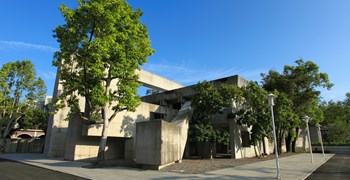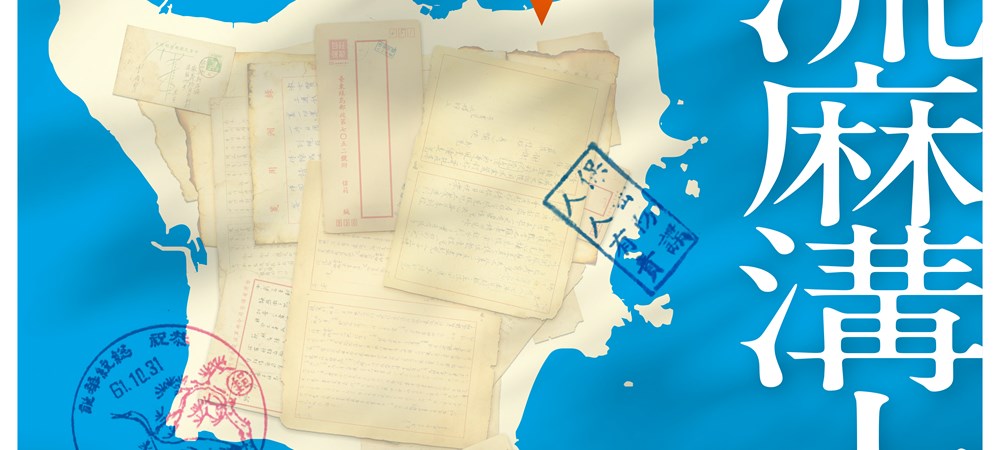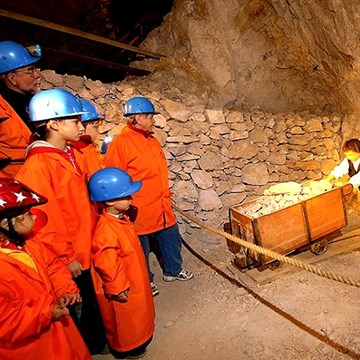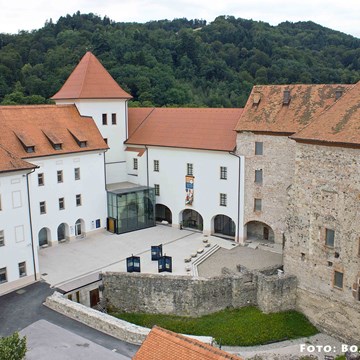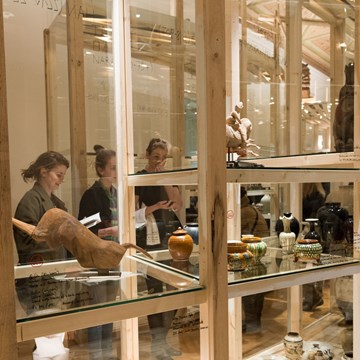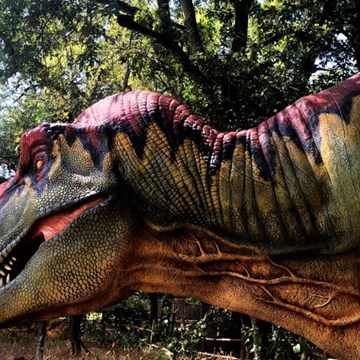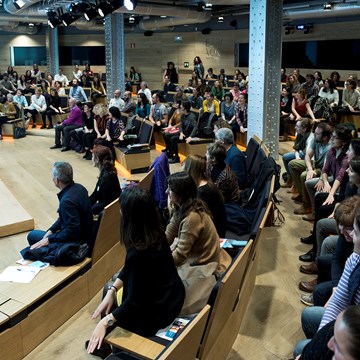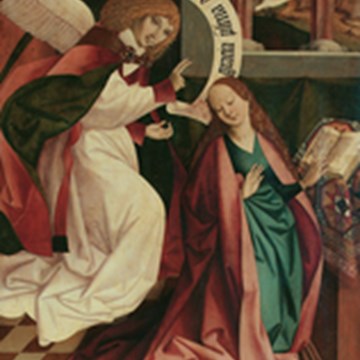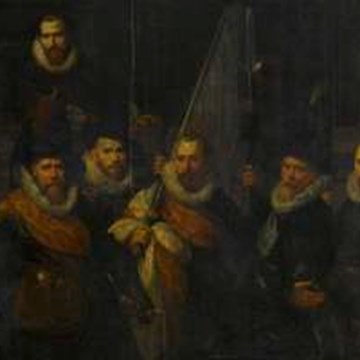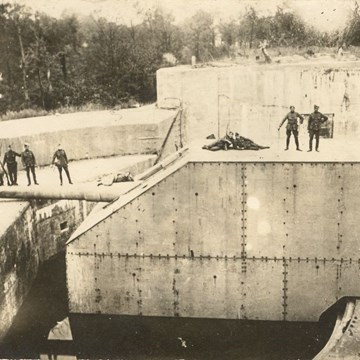Visiting No. 15 Liumagou: Memory ‧ Place ‧ Narrative
Visiting No. 15 Liumagou: Memory ‧ Place ‧ Narrative
Sandy Hsiu-chih Lo
“No. 15 Liumagou" was once the location of the common domicile of political victims detained on Green Island. Today, however, the address can’t be found in the postal system or on a map. Therefore, how can we start the voyage of discovery to explore this place “that-has-been” (ça-a-été)?
The 2019 Green Island Human Rights Art Festival, "Visit No.15 Liumagou", is intended to explore this place “that-has-been” in the three different perspectives of memory, place and narrative to build the construction of relational subjectivity based on the approach of “using the Other’s gaze as a mirror”, to focus on the memories of different subjects to embed them in a dialectical pluralism of the concept of the place of “No.15 Liumagou” to strengthen the function of political and ethical transformation created by the becoming of the place. All the artists try to re-explore a critical, autonomous, and emancipatory spectrum of narratives between reality and imagination.
Curating Memory with the Production of Sensibility
Generally speaking, whether from the perspective of space or time, the first thing you confront in knowing a certain place is the memory associated with that place. Memory not only connects the past and the present, but also relates to construction of the future; whether personal or collective, memory is closely related to the society and environment in which it is located, and it is also inseparable from a specific time, space, and event. The collective memory of a locality has a cohesive emotional structure, including a common value system and code of conduct, which shapes the sense of collective belonging and identity and projects an ideal vision of the future. However, collective memory can also become a social contradiction that generates antagonism or forms an oppressive ideology. Therefore, we must examine cautiously the perspective, the instrument, the condition, and the audiences of the narration of memory, as all of these are keys to memory writing. We have to deconstruct constantly those collective memories that stimulate the apparatus of oppression and antagonism. Consequently, what kind of memory does “No. 15 Liumagou” carry?
In “Off Course”, Hai-Ru Tsai takes a headless wax figure mold to represent her father who suffered as a political dissident on the road to his prison. The (re)visiting of the father's footsteps allows the artist to reconcile with her inner fear and repression, and at the same time, reconstruct the subjectivity of her father's "discarded" life. The “Bio-Dictionary" by Hong-John Lin is focused on life stories related to the political inmates imprisoned in the New Life Correction Center described in a first-person narrative, and uses the local food "salty buns" as a catalyst for awakening memories and a tangible carrier that triggers common sensibility. In "Singing and Speaking Exercises” by Wan-Shuen Tsai and her eight-year-old daughter, Lysianassa Dauby, the daughter learned to sing the songs sung by former political victims. The singing voice echoes gently in the prison "Oasis Villa, and becomes a symbol of the sound of cultural memory.
Shaping the Place with the Imagination of Spaces
The place where a memory is attached is both a concrete material field and an abstract conceptual idea. People usually hold special emotions toward such a place. For example, the basic desire to find somewhere to live is the most primitive emotional bond between a person and a place. However, the social reality is often frustrating and disappointing. The imagination of "utopia" or “heterotopia” has become a form of catharsis against the topophobia or failed topophilia and functions as an important driving force for the progress of human civilization. "Place" is where the constant dialectical practice occurs between the existing order or ideology and the future vision or utopian ideal. Therefore, what kind of place is "No. 15 Liumagou?”
The so-called political prisoners are usually dissidents, and from a certain point of view, they are somewhat similar to Utopia practitioners. Utopia is derived from dissatisfaction with the society in which the person lives in with the imagination of a better society as a consequence. Therefore, we transformed the dormitory of the officers who monitor the political prisoners into the “No. 15 Liomagou Library". By the presentation of the differences of the thoughts in the books, the "No. 15 Liomagou Library" will become the space for collecting various utopia imaginations. "Mystery Train" by director De-Chuen Wu and papercraft artist Jo-Han Cheng depicts a full train not indicated on the timetable carrying tired handcuffed passengers running towards an unknown destination. "Mystery Train" not only shows how individuals' lives were harmed by an act of state violence during the White Terror, but also implies an alert of the possibility of reappearance of the mystery train. In “The Noise of the World” Yannick Dauby treats creatures and phenomena equally through the role of a recordist and a transmitter, letting them to use sound to reveal themselves. Developed on a foundation of equality, this artwork gather a sensible community of listeners, allowing those that were once thought of as silent or anonymous to be heard. This work symbolizes the spirit of openness of the “No.15 Liomagou Library”.
“Clean Plan” is “a stone of memory that soothes pains and gives hopes” Hai-Ru Tsai creates for the political victims and their families. This work transforms a space of confinement into a place of mourning, commemoration, contemplation and liberation. “Three Rooms” by Libera Work-gang transforms the prison cell into a place of presenting the lives, experiences, thoughts and feelings of political prisoners. “70 Exercises for Modeling a Human Shape” by Wan-Shuen Tsai and Lysianassa Dauby is on the ground before the slogan "Communism is a common misery; Independent Taiwan is a poison to Taiwan.” By using soil from the Green Island in this project, the mother-daughter artist pair attempt to close the gap with the disconnected local cultural context and explore more possibilities in multitude imaginations. In “Nation is not Home” Gieh-Wen Lin uses the national flag's design as an element and the traditional Truku weaving in creating this artwork. It is an attempt to create a humorous reconciliation to represent a relationship free from hierarchy and oppression; however, the words "No way. Must be killed." in a right order refer to what had happened to two ethnic Paiwan young menA-Hseng Chong and Zheng-Nan Tseng were victims of the White Terror. The work is displayed on three round tables at the original site of the co-op shop. The combination of the tables and the couplet "Full of Friends; Gathering of Guests" at the entrance construct for visitors a diverse space open to imagination.
Weaving Narratives with the Poetics of Art
The writing of memory and the shaping of place must rely on narratives to communicate with others. Hence, how to construct the relevant narratives of "No. 15 Liumagou" is a core concern of this art project. The sensibility and poetics of the narrative of art allow artists to be more preoccupied with worlds that are unspeakable, invisible, inaudible, and untouchable. Artistic narratives pay attention to individual differences, emphasizing the cultural concepts of memory, morality, ethics, and rights that belong to the abstract space and non-material areas; they create a new social discourse from the perspective of criticality, autonomy, and liberation and construct the openness of the imagination of the place.
In “Sumeru:Caving Is Orogeny”, Jun-Honn Kao attempts to create a symbol of the redemption and sublimation of historical tragedies based on the concept of "caving is orogeny.” The artist interprets the emptiness and infinity of life through the act of caving as if he takes the role of the "Zero Knight" in Tsao's poem. In order to simulate the imprisoned body to be released with infinite possibilities, Kao simulates the political prisoner's "digging a hole" as a gesture of "body writing", and then a new narrative of "Luo Magou 15” is conducted. In the opening performance “Palm Grass”, Watan Uma, with the identity of Atayal and Hakka, both are minor ethnic groups in Taiwan, using a white translucent plastic stipe as a symbol of White Terror attempts to convey messages through physical movements to inspire a dialogue of energy with the audience and stage a collective anti-violence exorcism ceremony. “Stay That Way" was premiered in 2017, while Indigenous Justice Classroom, a collective consisting of indigenous activists, was evicted by the police on the Ketagalan Boulevard. Bulareyaung Dance Company moved the stones hand-painted by the protesters to the theatre and arranged the role of the protesters in the corner of the stage to demonstrate the attitude of focusing on reality, self-reflection and resistance to hegemony. This new version of “Stay That Way” is tailored to shape a dancing narrative of “Visiting No.15 Liumagou”. Scenes of Wan Wansui were all filmed in ruins. Most of them were shot at the ruins of the Oasis Villa on the Green Island, with one exception on the review stand at the ruins of the Taiwan Police Command Headquarters on the Orchid Island and another in the restaurant in the Jing-Mei White Terror Memorial Park. Ruins are places where history does not work, in other words, where the destroyed, desolated, disappeared, and depressed lives of the past may be seen. Jui-Chung Yao is talented at discovering the spiritual power of reshaping an alternative narrative of history from such a world of rust, waste and decay.
In the art project "Visiting No. 15 Liumagou," every participant is a memory curator, a place maker, and a narrator. The memory writing, place shaping, and narrative weaving are open to all. Only in this way are the various future politics and upcoming ethics anticipated. Memory, place, and narrative are the keys to open the heavy chain on the door of “No. 15 Liumagou"; they offer three kinds of plotters for drawing the map of "No. 15 Liomagou." This art project attempts to create a dynamic interactive platform where people can meet, communicate, and reflect each other’s souls with their own memory writing, place making, and narrative weaving.
https://www.visitingno15liumagou.com/
Exhibitions and events
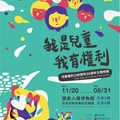
CRC 30th Anniversary Exhibition (with virtual exhibition link)
Permanent exhibitionCRC 30th Anniversary Exhibition The Convention on the Rights of the Child (abbreviated as the CRC) was promulgated on November 20, 1989. The Convention was incorporated into the domestic law of...

What?! Why Me?! (with virtual exhibition link)
Permanent exhibitionWhat?! Why Me?! “Freedom of Speech” is a part of basic human rights, but during the period of martial law in Taiwan, there were more than thousands of imprisonment cases due to speech, text, or...
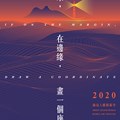
If on the Edge, Draw a Coordinate: the 2020 Green Island Human Rights Art Festival (with virtual exhibition link)
Permanent exhibitionGreen Island Human Rights Art Festival 2020 In 2019, NHRM first tried to organize the "Green Island Human Rights Art Festival" using contemporary art as a medium. It was well received and was...
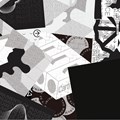
Come with Us, Please — A Journey of Articulating Injustice and Shaping Collective Memory (with virtual exhibition link)
Permanent exhibitionCome with Us, Please — A Journey of Articulating Injustice and Shaping Collective Memory CHEN Kuan-yu Born in Keelung, Taiwan in 1985, Chen is a visual artist and freelance director/ photographer....
Activities from this museum
We don't have anything to show you here.
